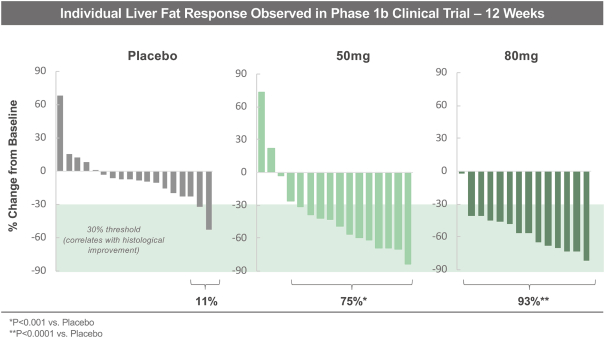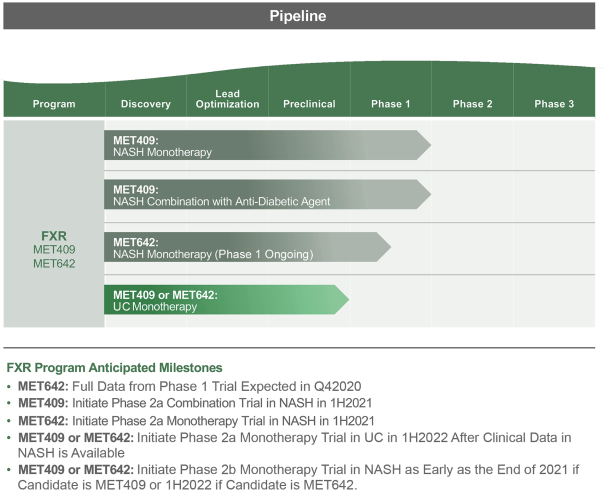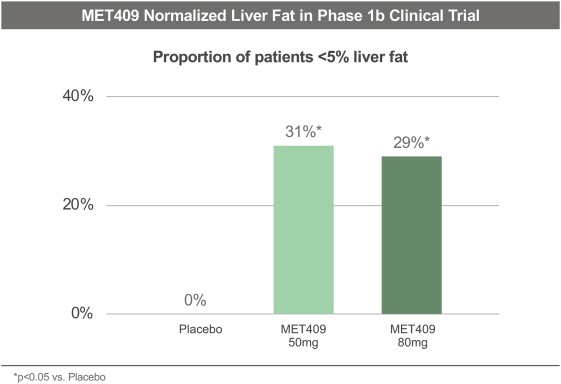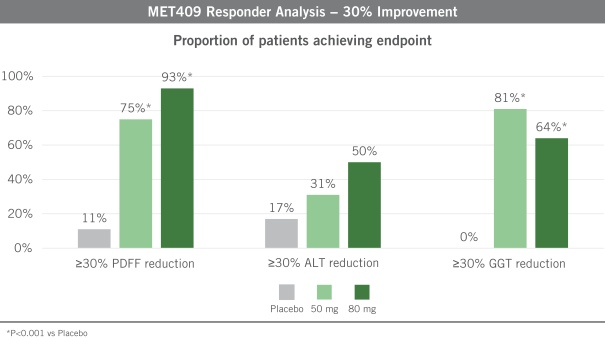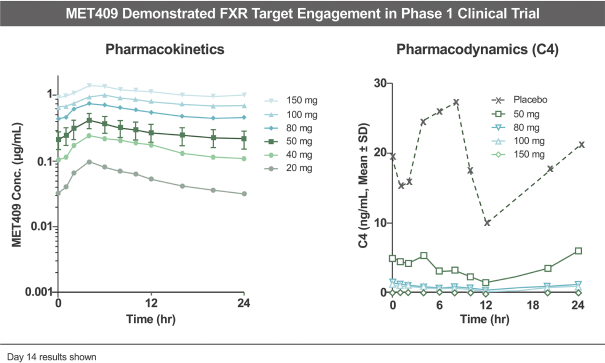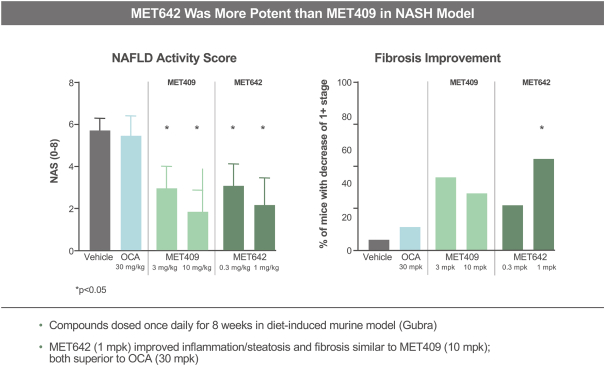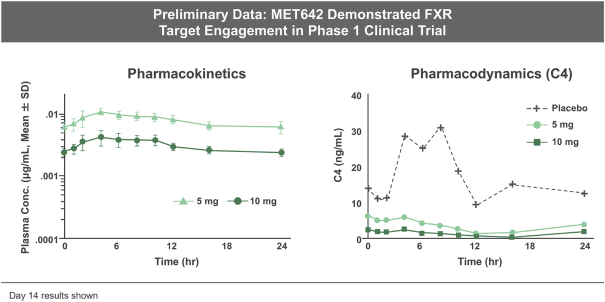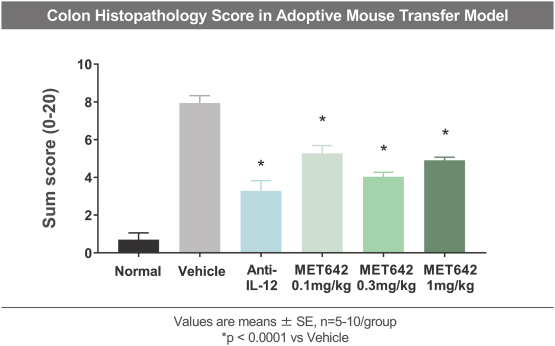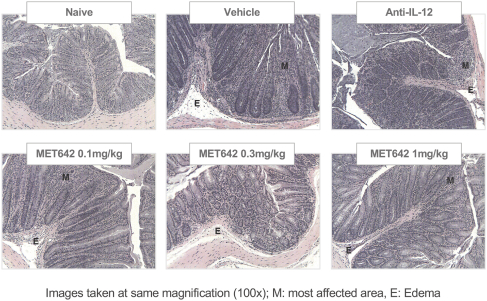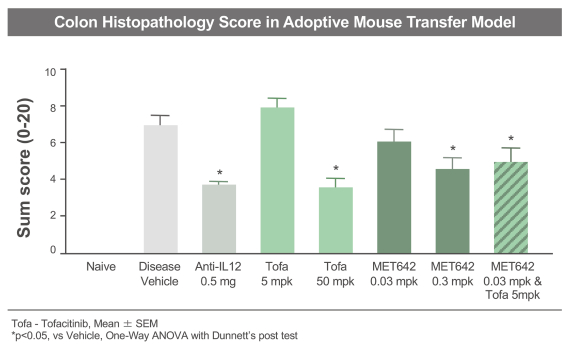research and clinical trials. We do not have long-term agreements with any of these third parties. We also do not have any current contractual relationships for the manufacture of commercial supplies of any of our product candidates if they are approved. If any of our products are approved by any regulatory agency, we intend to enter into agreements with a third-party contract manufacturer and one or more back-up manufacturers for the commercial production of those products. Development and commercial quantities of any products that we develop will need to be manufactured in facilities, and by processes, that comply with the requirements of the FDA and the regulatory agencies of other jurisdictions in which we are seeking approval.
Sales and Marketing
Given our stage of development, we have not yet established a commercial organization or distribution capabilities. If MET409 or MET642 is approved, we intend to establish a specialty sales force and develop targeted commercial capabilities in key geographies. We expect to manage sales, marketing and distribution through internal resources and third-party relationships. In addition, we will opportunistically explore commercialization partnerships, particularly with entities who have strong capabilities in geographies outside the United States. As our product candidates progress through our pipeline, our commercial plans may change. Clinical data, the size of the development programs, the size of our target markets, the size of a commercial infrastructure and manufacturing needs may all influence our commercialization strategies.
Competition
The pharmaceutical and biotechnology industries are characterized by intense competition and rapid innovation. While we believe that our technology, development experience, and scientific knowledge provide us with competitive advantages, we face potential competition from many different sources, including large multinational pharmaceutical companies, established biotechnology companies and specialty pharmaceutical companies, which have materially greater financial, manufacturing, marketing, research and drug development resources than we do. Large pharmaceutical companies in particular have extensive expertise in preclinical and clinical testing and in obtaining regulatory approvals for drugs. Smaller or early-stage companies may also prove to be significant competitors, particularly through collaborative arrangements with large, established companies. In addition, academic institutions, government agencies and other public and private organizations conducting research may seek patent protection with respect to potentially competitive products or technologies. These organizations may also establish exclusive collaborative or licensing relationships with our competitors.
We are aware of both private and public companies with development programs in NASH. These companies include, but are not limited to, 89Bio, Inc., Akero Therapeutics, Inc., Allergan, Inc., Bristol-Myers Squibb Company, CymaBay Therapeutics, Inc., Eli Lilly and Company, Enanta Pharmaceuticals, Inc., ENYO Pharma SA, Intercept Pharmaceuticals, Inc., Inventiva S.A., Gilead Sciences, Inc., Madrigal Pharmaceuticals, Inc., NGM Biopharmaceuticals, Inc., Novartis AG, Novo Nordisk A/S, Pfizer, Inc., Sanofi S.A., Shire plc, Terns Pharmaceuticals, Inc. and Viking Therapeutics, Inc. Several companies, including some of those mentioned above, have active research and development programs on FXR, including Intercept Pharmaceuticals, Inc.’s OCA, which has completed Phase 3 clinical trials and have submitted an NDA, Gilead’s cilofexor and Enanta’s EDP-305 which have completed Phase 2a clinical trials, and Novartis’ tropifexor which has completed Phase 2b clinical trials. The FDA recently denied accelerated approval for Intercept Pharmaceuticals, Inc.’s OCA based on the surrogate histologic endpoint of improvement of fibrosis as shown by liver biopsy with no worsening of NASH in lieu of clinical outcomes such as overall survival and time to transplant. Our commercial opportunity could be substantially limited in the event that our competitors develop and commercialize products that are more effective, safer, less toxic, more convenient or cheaper than our comparable products. In geographies that are critical to our commercial success, competitors may also obtain regulatory approvals before us, resulting in our competitors building a strong market position in advance of our product’s entry. We believe the competitive factors that will determine the success of our programs will be the efficacy, safety, pricing and reimbursement, and convenience of our product candidates.
Major, currently marketed IBD therapies include, but are not limited to, adalimumab (marketed as Humira by Pfizer, Inc.), infliximab (marketed as Remicade by Janssen Biotech, Inc.), tofacitinib (marketed as Xeljanz by Pfizer, Inc.), ustekinumab (marketed as Stelara by Janssen Biotech, Inc.), and vedolizumab (marketed as Entyvio by Takeda Pharmaceuticals, Inc.) and we are aware of several companies with development programs including, but not limited to, Abbvie Inc., Janssen Pharmaceuticals, Inc., Pfizer, Inc., and Takeda Pharmaceuticals, Inc.
105

